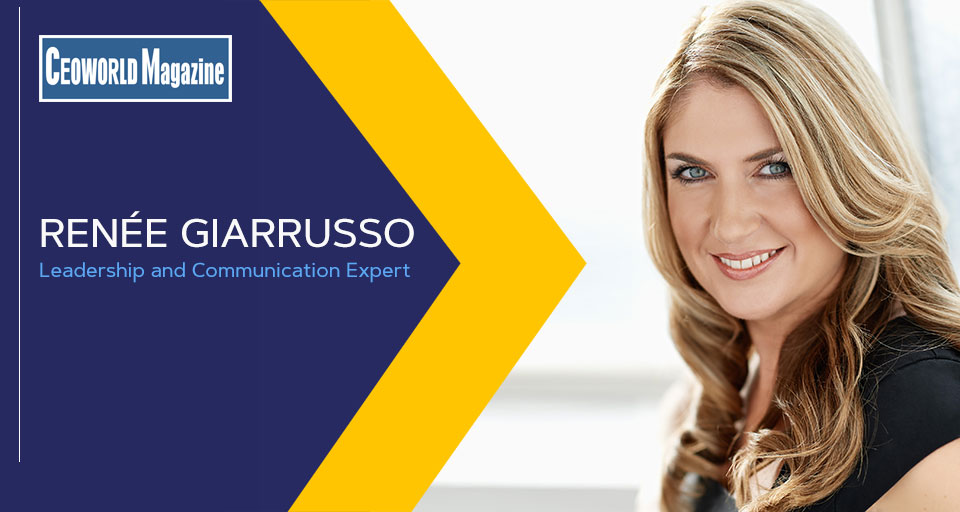Meeting fatigue and how to heal it

Meetings, meetings, and more meetings. We all know we either organise or attend more than we should. How often are you asked to attend a meeting or send a diary invite to get others to attend?
A recent Microsoft Office survey listed the top three-time wasters in business. These include ineffective meetings, unclear objectives, and a lack of team communication. It also showed that up to 67% of meetings are a complete failure with little or no outcome
Something I see repeatedly with clients in all industries is the frequent requests to what I call unintentional or impulsive meetings. Only last week, I heard someone verbally ask a team member to a meeting, and when the team member asked why the meeting was taking place, there was no well-articulated response.
Many things stifle meetings and decrease productivity and connection. These include using the time for status updates, little or no planning, poor time management and often no key take ways to implement.
Meetings that are a good investment of time, resource and headspace have these things in common. There is a clear purpose and prepared agenda and motivation. There is a safe space where active contribution and collaboration takes place and the most important thing, there are actionable outcomes.
Research from Fellow, leaders in meeting management software, shows that people attend an average of 11-15 meetings per week. 45% of Executives attend 6-15 meetings per week and 31% of Managers attend 16+ meetings per week. This equates to a lot of time, money, and resource. It’s worth looking at the value of meetings and how we can make them a worthwhile investment for us all.
Quick tips if you are organising a meeting:
- Loose the term “meeting.”
The word “meeting” is such a bland and beige non-descriptive word and one that’s overused. Think about the outcome of the meeting and call the event that. For example: flip “Sales Meeting” to “2022 Growth get together” or “Weekly Meeting” to “Team Success Check-in.” This shows the value of attending with a desired outcome in place and can help create buy-in and commitment. - Know the intention
Often people cannot articulate the intention of a meeting. Any meeting I am invited to, I always ask “What is the intention of me attending?” If I can’t give or get value from the meeting or the intention isn’t clear, then the decision is easy not to attend with no guilt attached. The intention/name of the event should be in the subject line on the diary or email invite. - Ask the right people
The “who” is usually left until last. If the intention is clear, then the attendees should be even easier to identify. What value will X add? What value will X give? What is the cost of having X attend? Be mindful of having the right people attend to avoid having a lot of people attending for the sake of it. - Be mindful of the mode
Getting hauled into the office for a face-to-face meeting consumes travel time, and this all adds up. Think about what mode will suit the intention of the catch-up. Obviously face to face interaction is great for brainstorming and bonding but utilise virtual platforms if you can achieve a similar outcome. If you don’t need to share a screen, then a phone catch up is ideal and can create personal connection.
Research shows that video meetings improve productivity by 50% and that 90% of people find it easier to get their point across on video. Mix up the way you run meetings to keep it interesting and diverse. - Be seen
Forbes research shows that 71% of people surveyed say that face to face meeting have numerous benefits, yet 65% percent of all remote meetings are done via audio-only. There are still many who rely on audio-only meetings which is surprising.
Communication statistics show that 82% of those using video calls were less likely to be multitasking compared to having an audio-only meeting. This is because you’re less likely to browse through files or get up while sitting in front of the camera.
We wouldn’t hide under the boardroom in a meeting so why wouldn’t we show up? - Value time
Keep meeting times short and succinct, ideally 25 minutes and 55 minutes. People will love getting 5 minutes back. Valuing everyone’s’ time helps create buy-in and increases efficiency, and if your intention is clear, the mode of delivery should be obvious.
Make sure you are prepared, you stay action oriented and keep track of time or you will fall into the trap of having what I call “Slinky” meetings, that go in circles with no outcome. Evaluate what sort of meeting you are having. Strategy meetings may be 60-90 minutes whereas team meetings to share information, gather feedback, share news and changes may be under an hour. Brainstorming type meetings, I suggest using the pomodoro technique that gets you thinking in short bursts that are timed, for example 5 or 25 minutes.
By having frequent short breaks this promotes sustained concentration and staves off mental fatigue.
Written by Renée Giarrusso.
Add CEOWORLD magazine to your Google News feed.
Follow CEOWORLD magazine headlines on: Google News, LinkedIn, Twitter, and Facebook.
Copyright 2024 The CEOWORLD magazine. All rights reserved. This material (and any extract from it) must not be copied, redistributed or placed on any website, without CEOWORLD magazine' prior written consent. For media queries, please contact: info@ceoworld.biz








